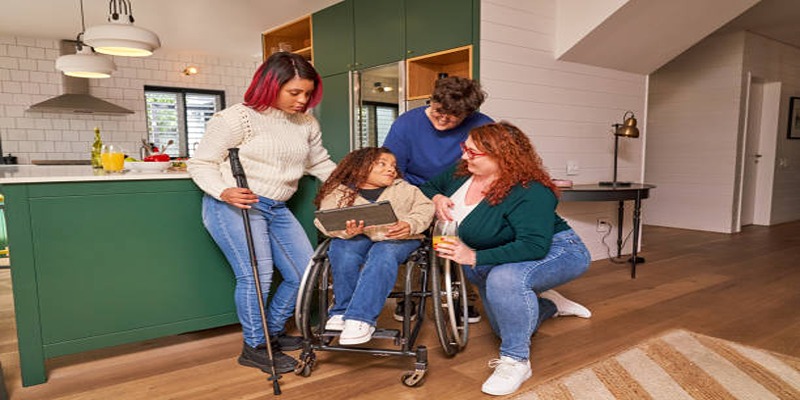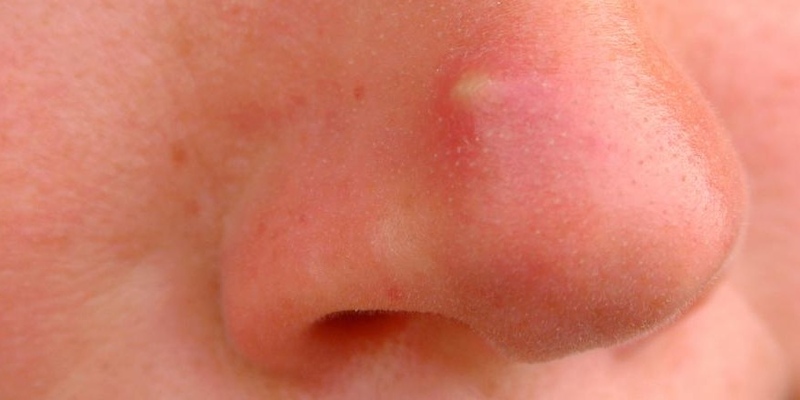Exploring the Best Treatments for Osteogenesis Imperfecta
Osteogenesis Imperfecta (OI), also called brittle bone disease, is a rare condition that makes bones break easily. It happens because of a problem with the collagen, which is an important protein for strong bones. People with OI can have many fractures, weak muscles, and even teeth or hearing problems. Although there isn’t a cure yet, treatments can help improve quality of life by managing symptoms and strengthening bones. This guide explores some of the best treatment options available to help those with OI live healthier lives.
Cause of Osteogenesis Imperfecta

OI is as a result of a defect in the collagen protein that is used to form strong bones. Collagen is a characteristic of a protein in the connective tissues like skin, bones, tendons, and ligaments. Naturally, in people with OI, there is a genetic desert that influences the creation or quality of collagen and results in the bones that are not as strong as in other people and other symptoms.
Types of Osteogenesis Imperfecta
OI can classified into four types as Type I, Type II, Type III, and Type IV, with more or less severe in different people, and it also has different patterns of hereditary. Individuals with Type I in general are less symptomatic and have fewer fractures; people with Type II are diagnosed with a more severe variant of the disease that can be fatal. Type III is distinguished by the fact that bones become progressively deformed, and Type IV is known for causing short stature and mild to moderate bone fragility.
Treatment Options for Osteogenesis Imperfecta
There are various treatments available to help manage the symptoms of OI and improve overall quality of life. These include:
Medications
One of the primary treatments done in dealing with OI is the administration of drugs that are known to aid bone building. This include bisphosphonate medication aimed at decreasing bone loss and increasing the bone mass. These drugs get overcome via reducing the action of cells that act to breakdown bone tissue referred to as osteoclasts. They may also contribute to the reduction of the number of fractures and enhance the functioning of individuals with osteogenesis imperfecta.
Other drugs including teriparatide are also prescribed for osteoporosis with intent of stimulating new bone formation occasionally. Investigators are also studying other newer therapies: gene therapy may be useful in treating the genetic basis of OI in the future.
Physical Therapy and Exercise
Physical therapy plays an essential role in managing OI by focusing on improving muscle strength, joint stability, and overall mobility. Customized exercise programs are designed by physical therapists to suit the individual needs of each person with OI. These exercises typically emphasize low-impact activities, such as swimming or aquatic therapy, to minimize the risk of fractures while promoting physical fitness. Strengthening muscles around joints can provide better support to fragile bones, reducing the likelihood of injuries.
Regular exercise is not just about building strength but also about enhancing balance and coordination, which are crucial for preventing falls. Additionally, physical activity promotes cardiovascular health, bone health, and overall well-being, making it an integral part of the comprehensive management plan for OI. It’s important, however, that exercises are performed under the guidance of healthcare professionals to ensure safety and effectiveness.
Surgical Interventions
For some individuals with OI, surgical procedures may be necessary to address severe deformities, recurrent fractures, or issues with bone alignment. One of the most common surgeries involves the placement of metal rods, often referred to as intramedullary rods, inside the long bones of the arms or legs. These rods provide structural support, help prevent fractures, and improve mobility.
Surgical intervention might also be used to correct spinal deformities, such as scoliosis, which can occur in more severe cases of OI. Although surgery does not cure OI, it can significantly enhance functional abilities and reduce pain, improving overall quality of life. Advances in surgical technology and techniques have made these procedures safer and more effective for individuals with brittle bones.
Assistive Devices and Lifestyle Modifications
Many people with OI benefit from the use of assistive devices, such as braces, wheelchairs, or walkers, to support mobility and independence. These tools can help reduce the risk of falls and protect fragile bones from injuries during daily activities. Home modifications, such as installing grab bars or using non-slip mats, can also create a safer living environment for those with limited mobility.
Lifestyle adjustments, including a balanced diet rich in calcium and vitamin D, are essential for promoting bone health. Avoiding activities that pose a high risk of fractures and learning ways to safely engage in physical activity are key components of living well with OI.
Emerging and Advanced Therapies
While there is currently no cure for OI, research into new and advanced treatments is ongoing. Some of these potential therapies include:
Gene Therapy
Gene therapy aims to correct the genetic mutations responsible for causing OI by delivering healthy genes into cells using a virus or other delivery mechanism. This approach has shown promising results in animal studies, and clinical trials are underway to test its effectiveness in humans.
Stem Cell Therapy
Stem cells have the ability to develop into different types of cells in the body, including bone-forming cells. Researchers are exploring how stem cell therapy could help regenerate healthy bone tissue in individuals with OI.
Biologic Therapies
Biologic therapies involve using proteins or antibodies to target specific molecules involved in bone formation and remodeling. These therapies are being investigated for their potential to enhance bone strength and reduce fractures in individuals with OI.
How to Manage OI Holistically
Aside from medical interventions, there are certain lifestyle practices that can help individuals with OI manage their condition holistically. These include:
Proper Nutrition
Maintaining healthy bones requires a well-balanced diet packed with calcium and vitamin D. Excellent sources of calcium include dairy products, leafy greens, and broccoli, while vitamin D can be found in eggs, fatty fish, and fortified cereals. Together, these nutrients play a crucial role in supporting strong, resilient bones.
Sun Exposure
Sunlight is crucial for the production of vitamin D in the body. Spending time outdoors or getting enough sunlight through windows can help boost vitamin D levels.
Managing Stress
Living with a chronic condition like OI can be physically and emotionally challenging. Practicing stress management techniques such as meditation, yoga, or talking to a therapist can help improve overall well-being.
Conclusion
While living with OI comes with its challenges, there are various treatments and lifestyle strategies available to help manage the symptoms and improve quality of life. With ongoing research into new therapies, there is hope for advancements in treatment options for individuals with this condition. By working closely with healthcare professionals, individuals with OI can find a comprehensive management plan that works best for them and lead fulfilling lives. So, it is important to stay informed and keep exploring different treatment options to better manage OI in the future.












